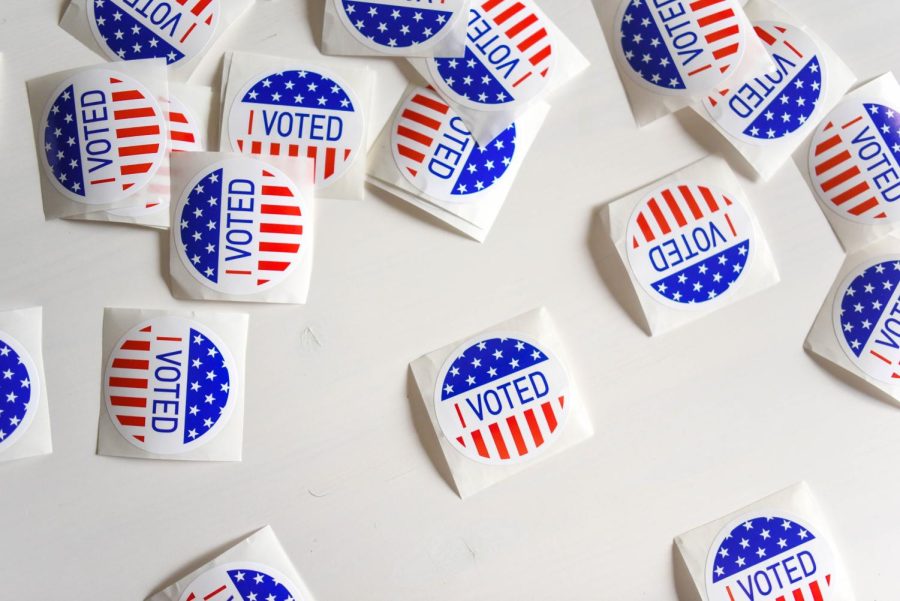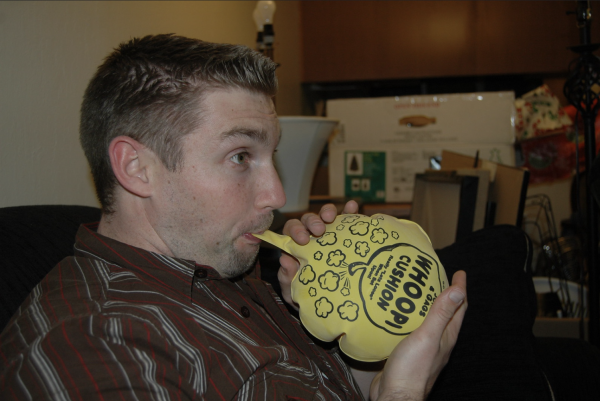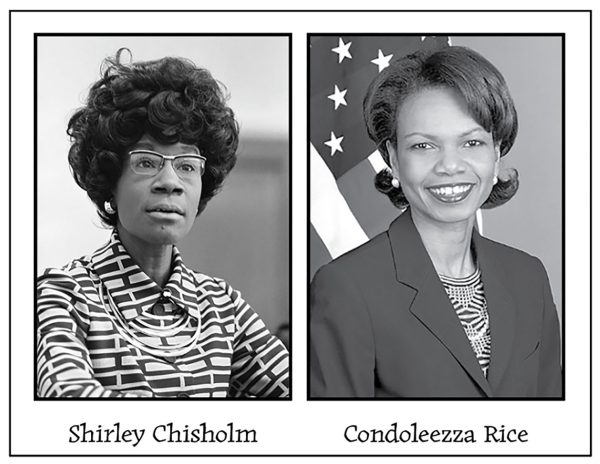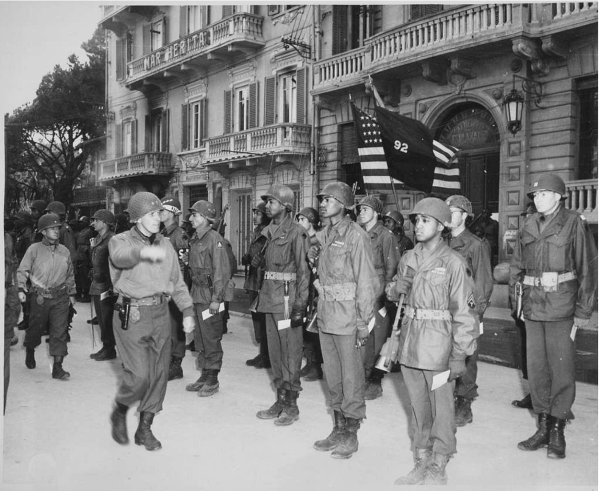First-Time Voters are Biting the Ballot
How to Make Informed Choices this General Election
Compared to the publicity of the LA mayoral race, ballot measures may seem inconsequential in comparison. However, each proposition can have drastic effects on the state of California. Young voters should be prepared to answer these prompts with confidence.
For the past two months or so, it’s felt almost impossible to turn on the TV without seeing countless commercials for California propositions. Opposing arguments are often played back-to-back, both sides seemingly offering sound solutions to our state’s most pressing issues.
But even with all of the advertising overload, a sizable handful of Americans abstain from voting on these important measures.
Why is that?
According to The Review of Economic Studies, this is due in part to “choice fatigue,” in which voters become more likely to vote “no”—or ignore the question altogether—the farther down on the ballot the prompt appears.
On average, propositions appear below 27 other items, according to the same study. This means that once impassioned voters can become indifferent by the time they reach the propositions, withdrawing their input from important changes to the legislature that could have tangible effects on the lives of all Californians.
Furthermore, the legal jargon and convoluted wording of many prompts can leave voters confused about what a “yes” or “no” vote even means, which makes people less likely to engage.
And for first-time voters, there are added pressures surrounding this election. Many of the eighteen-year-old seniors at Notre Dame are feeling this stress, including the legitimate concern of voting incorrectly.
Sophia Magner ‘23 shares, “I definitely felt fear of voting wrong. Before voting, I didn’t know much about the process at all. Obviously, I understand that voting is an essential part of democracy, and that it’s my inherent right as an American citizen to vote, but I didn’t fully understand the process of what it means to be a voter.”
Luckily, there are resources to help young people as they learn to navigate their participation in democracy.
Websites like CalMatters and Politico both offer comprehensive guides to exploring the sides of each proposition.
CalMatters excels at highlighting arguments for and against without bias towards either party. One-minute videos tackling every measure can make the voting process feel a lot more digestible. There is also a quiz that can help you break down each prompt and suggest which vote more clearly matches your values.
Politico is great at projecting the potential impact of a proposition, from projected financial changes to possible social effects.
In using either site, it’s vital to pay attention to which individuals, media outlets, or political parties have expressed their support toward a particular side. Major monetary contributors can reveal a deeper understanding of what the proposition’s effect will be.
“Understand that voting is a big deal, and you want to make sure you’re fully educated when you do vote. Follow the issues, stay informed, make sure you’re registered, and ask questions if you need to. Don’t be afraid to admit you don’t understand a measure or a person’s political platform. It’s better to ask questions than to regret your vote,” reminds Magner.
Whether you usually lean left, right, center—or somewhere completely off that spectrum—your vote should count this election season. Mail-in and in-person ballots are to be postmarked or returned by November 8, on Election Day.
Happy voting, Knights!





